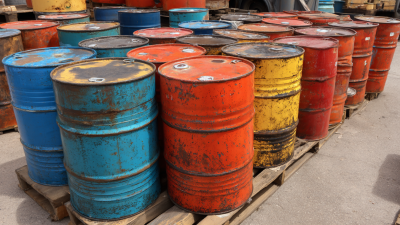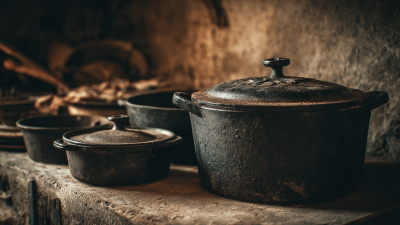Exploring the Trends and Factors Influencing Iron Drum Price in the Manufacturing Industry
The manufacturing industry has witnessed significant fluctuations in the iron drum price, influenced by various market trends and economic factors. As a staple in storage and transportation, iron drums play a crucial role in many sectors, ranging from chemical to food production. Understanding the dynamics behind their pricing is essential for manufacturers and suppliers alike. This article delves into the myriad of elements affecting iron drum prices, including raw material costs, production efficiency, and global demand.
Furthermore, it explores tips for navigating this volatile market, empowering industry players with insights needed to make informed purchasing and production decisions. By examining these factors, we aim to provide a comprehensive overview that equips stakeholders with knowledge to effectively manage the financial implications of iron drum procurement in an ever-evolving landscape.
Understanding the Basics of Iron Drum Manufacturing Costs and Pricing
When exploring the basics of iron drum manufacturing costs and pricing, several key factors come into play.
Production costs encompass all expenses related to the manufacturing process, including raw materials, labor, and overhead.
According to recent industry reports, material costs often represent 60-70% of the total production cost, with steel and coatings being significant contributors.
Labor costs can add another 10-20%, making it crucial for manufacturers to optimize both their workforce and procurement strategies.
Understanding these costs is essential not only for setting competitive pricing but also for ensuring profitability.
Manufacturers should regularly analyze their production processes to identify inefficiencies and reduce waste.
Additionally, staying updated on market trends can provide insights into fluctuations in raw material prices and help businesses adjust their pricing strategies accordingly.
Tips: Regularly review your cost structure to find areas for improvement.
Consider investing in technology that streamlines production processes and reduces labor costs.
Finally, always benchmark your pricing against competitors to maintain a competitive edge in the market.
Identifying Key Trends Impacting Iron Drum Prices in Today's Market
The dynamics of the iron drum market are significantly influenced by various key trends that shape pricing and demand. With the steel drums market projected to grow substantially from USD 7.1 billion in 2024, driven by regulatory standards and sustainability, manufacturers are increasingly focusing on innovation to meet new requirements. The rising awareness of environmental issues encourages companies to adopt more sustainable practices in their production processes, which may contribute to the rising costs of raw materials and ultimately influence iron drum prices.
Moreover, market competition plays a crucial role in pricing strategies within the manufacturing industry. As new entrants emerge and established players enhance their product offerings, the need for cost-effective production while maintaining quality becomes critical. This competitive atmosphere pushes companies to analyze their supply chains and production efficiencies meticulously.
With global projections indicating the drum dumper equipment market will grow from $1.31 billion in 2023 to $2.01 billion by 2032, it's clear that the interplay between innovation, sustainability, and market competition will continue to shape the trends affecting iron drum prices in the coming years.
Analyzing the Role of Supply and Demand Factors in Iron Drum Pricing
The pricing of iron drums in the manufacturing industry is significantly influenced by supply and demand dynamics. When demand for iron drums rises, driven by factors such as increased production needs in various sectors, prices tend to escalate. For instance, industries like chemicals, food processing, and pharmaceuticals frequently require iron drums for safe storage and transportation of goods. An uptick in manufacturing activities in these sectors can directly spike the demand, leading to higher prices. Conversely, periods of reduced demand may prompt manufacturers to lower their prices to stimulate sales or manage excess inventory.
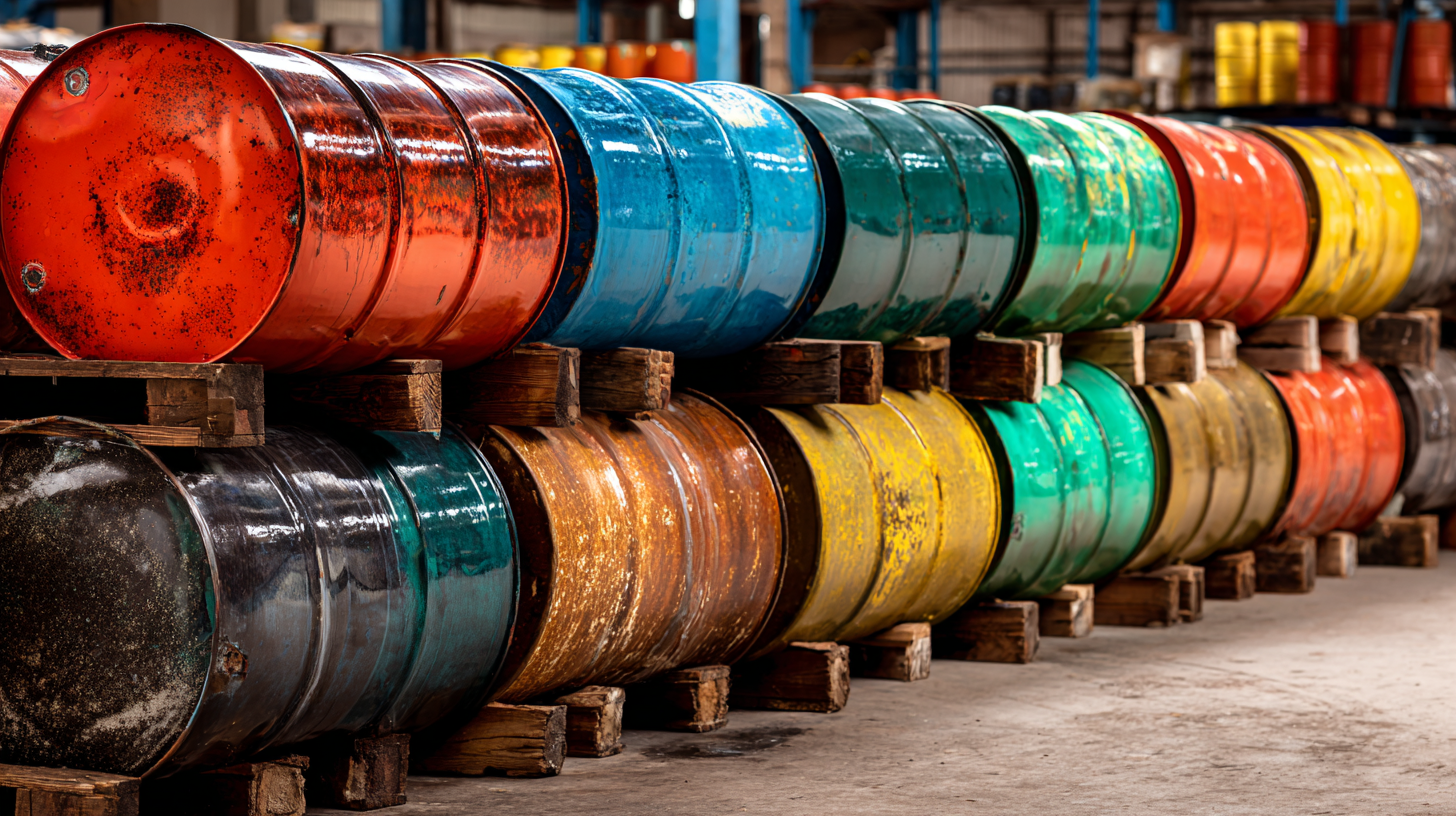
On the supply side, fluctuations in raw material costs and production capabilities also play a crucial role in iron drum pricing. If the price of steel rises or there are disruptions in the supply chain, manufacturers face increased production costs, which may be passed on to customers through higher prices. Additionally, if producers can’t meet the rising demand due to capacity constraints, this mismatch between supply and demand can further drive prices up. Understanding these factors helps stakeholders navigate the complexities of pricing in the competitive landscape of iron drum manufacturing.
Exploring Regional Variations: How Location Affects Iron Drum Prices
Regional variations in the pricing of iron drums are significantly influenced by factors such as proximity to raw materials, transportation costs, and local demand dynamics. In regions where steel production is concentrated, the price of iron drums tends to be lower due to reduced shipping expenses and enhanced supply chain efficiencies. For example, areas close to major manufacturing hubs often benefit from economies of scale, leading to competitive pricing in the market. This geographical advantage not only affects the cost of production but also plays a critical role in distribution, further influencing retail prices.
Moreover, local market conditions and regulatory environments contribute to discrepancies in iron drum prices across different regions. In some areas, stricter environmental regulations may increase production costs, driving up prices for consumers. Conversely, regions with lower regulatory burdens might see more competitive pricing. Additionally, regional economic factors, including labor costs and tariffs on imports, can further modify prices. Overall, understanding these regional disparities is essential for manufacturers and buyers alike, as they navigate the complexities of the iron drum market.
Exploring the Trends and Factors Influencing Iron Drum Price in the Manufacturing Industry - Exploring Regional Variations: How Location Affects Iron Drum Prices
| Region |
Average Price (USD) |
Price Variation (%) |
Production Volume (Units) |
Major Supplier Type |
| North America |
150 |
5 |
50,000 |
Local Manufacturers |
| Europe |
175 |
8 |
40,000 |
International Suppliers |
| Asia |
125 |
10 |
100,000 |
Local and International |
| South America |
140 |
7 |
30,000 |
Regional Suppliers |
| Africa |
160 |
9 |
20,000 |
Domestic Suppliers |
Examining the Influence of Material and Production Quality on Pricing Strategies
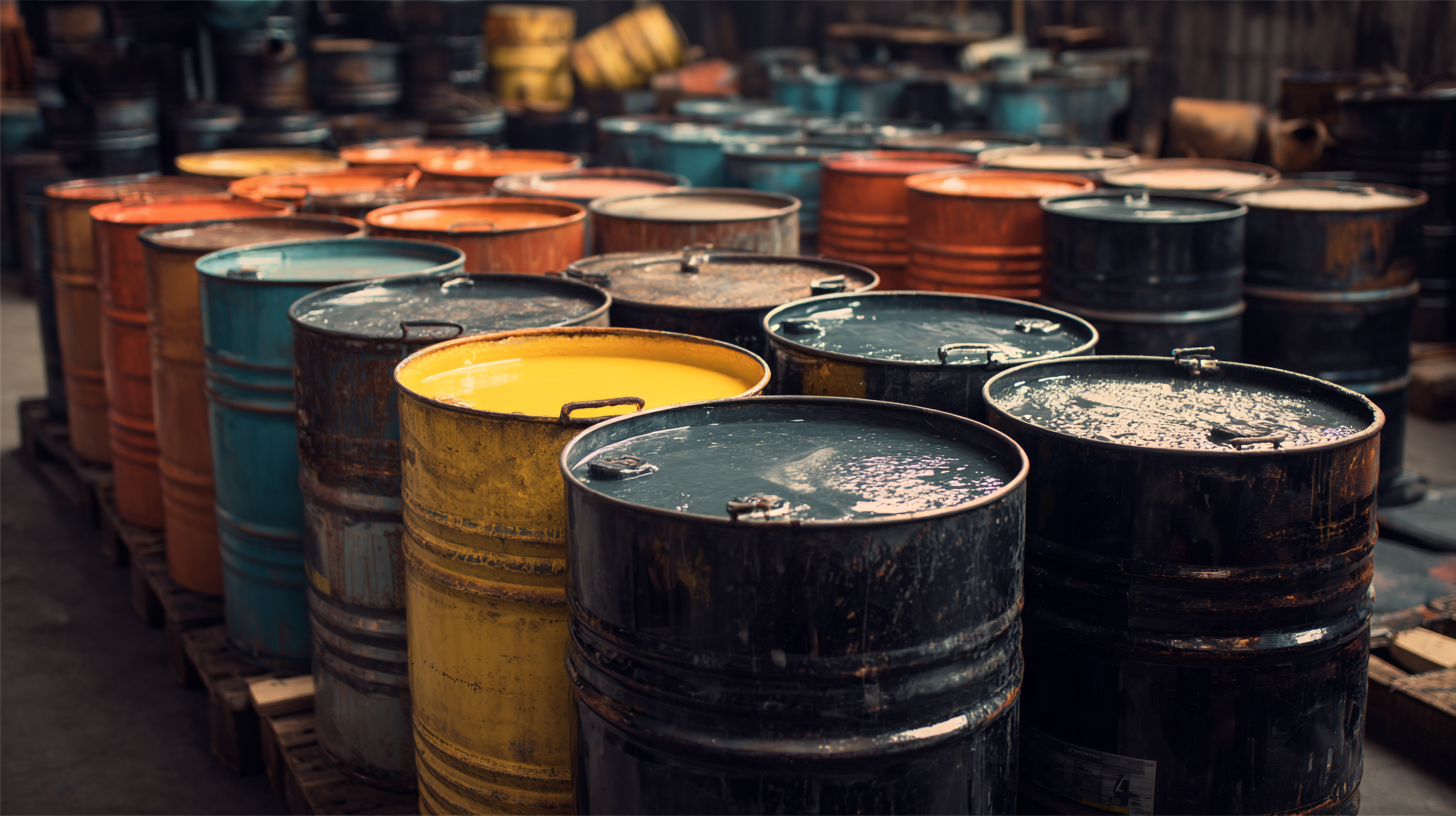 The pricing strategies for iron drums in the manufacturing industry are significantly influenced by the quality of materials used and the production processes employed. High-quality materials, such as premium steel or composite alloys, not only enhance the durability and longevity of iron drums but also affect the overall cost of production. Manufacturers who prioritize superior raw materials often see an increase in their production costs, which can lead to higher prices in the marketplace. However, these investments in quality can also result in better performance and customer satisfaction, allowing companies to justify the higher price point.
The pricing strategies for iron drums in the manufacturing industry are significantly influenced by the quality of materials used and the production processes employed. High-quality materials, such as premium steel or composite alloys, not only enhance the durability and longevity of iron drums but also affect the overall cost of production. Manufacturers who prioritize superior raw materials often see an increase in their production costs, which can lead to higher prices in the marketplace. However, these investments in quality can also result in better performance and customer satisfaction, allowing companies to justify the higher price point.
Production quality also plays a crucial role in shaping pricing strategies. Advanced manufacturing techniques, such as precision casting and modern welding technologies, can improve the structural integrity and functionality of iron drums. This enhanced production quality often translates to lower defect rates and reduced returns, providing manufacturers with a competitive edge in pricing. Furthermore, adherence to industry standards and certifications not only ensures product reliability but can also allow companies to command higher prices due to the perceived value associated with compliant products. Thus, both material selection and production quality are vital determinants in the pricing strategy of iron drums within the manufacturing sector.

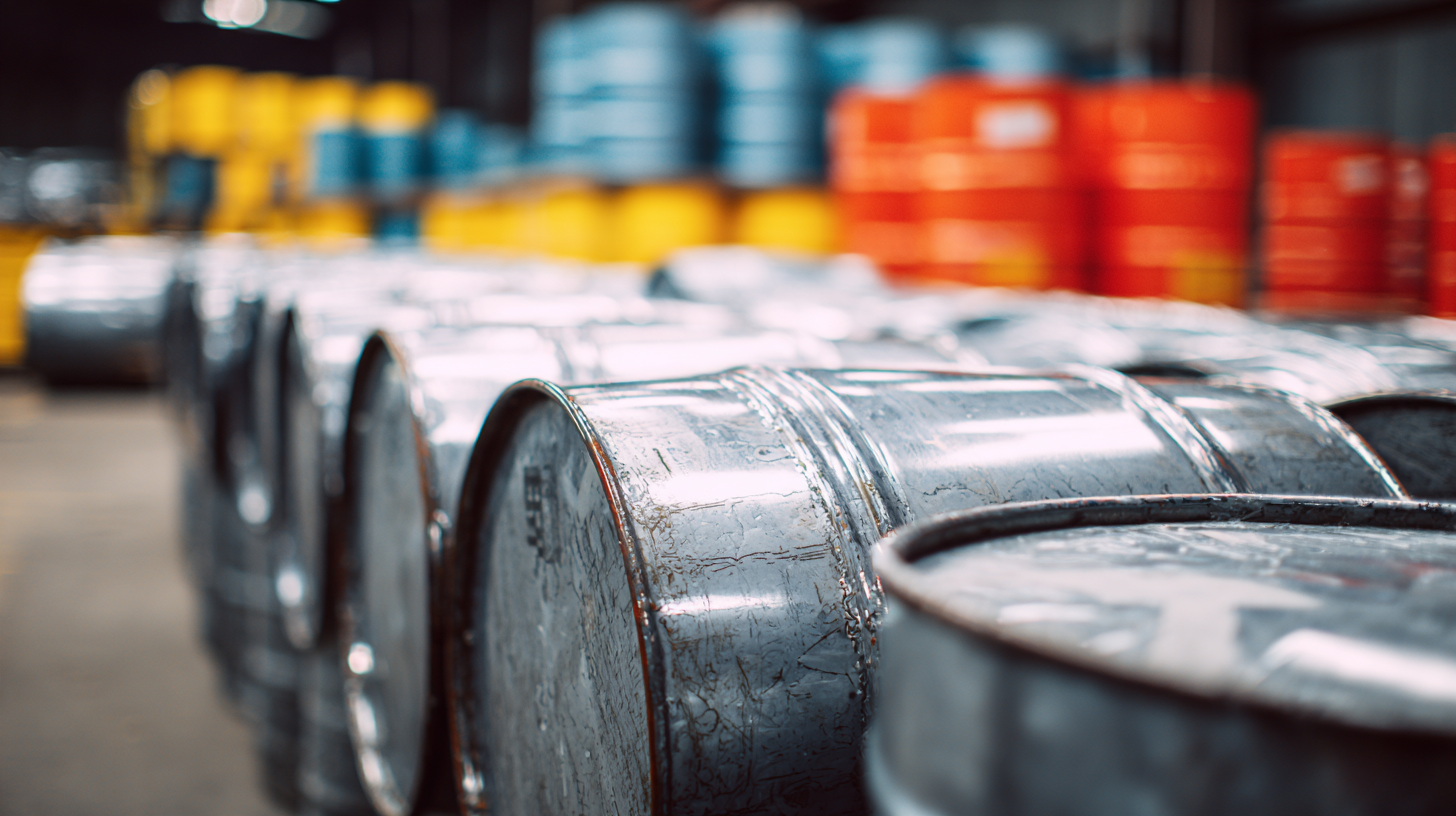

 The pricing strategies for iron drums in the manufacturing industry are significantly influenced by the quality of materials used and the production processes employed. High-quality materials, such as premium steel or composite alloys, not only enhance the durability and longevity of iron drums but also affect the overall cost of production. Manufacturers who prioritize superior raw materials often see an increase in their production costs, which can lead to higher prices in the marketplace. However, these investments in quality can also result in better performance and customer satisfaction, allowing companies to justify the higher price point.
The pricing strategies for iron drums in the manufacturing industry are significantly influenced by the quality of materials used and the production processes employed. High-quality materials, such as premium steel or composite alloys, not only enhance the durability and longevity of iron drums but also affect the overall cost of production. Manufacturers who prioritize superior raw materials often see an increase in their production costs, which can lead to higher prices in the marketplace. However, these investments in quality can also result in better performance and customer satisfaction, allowing companies to justify the higher price point.